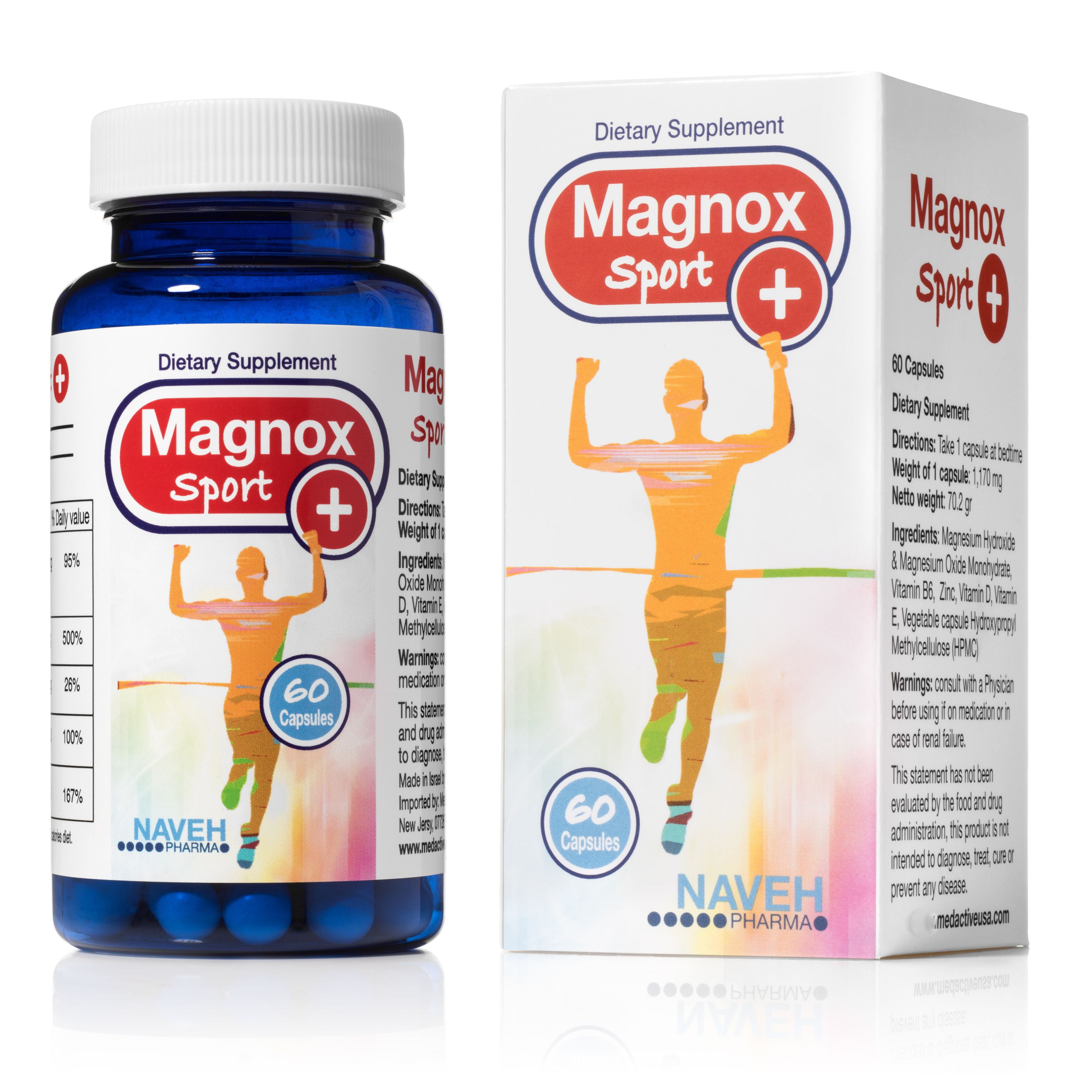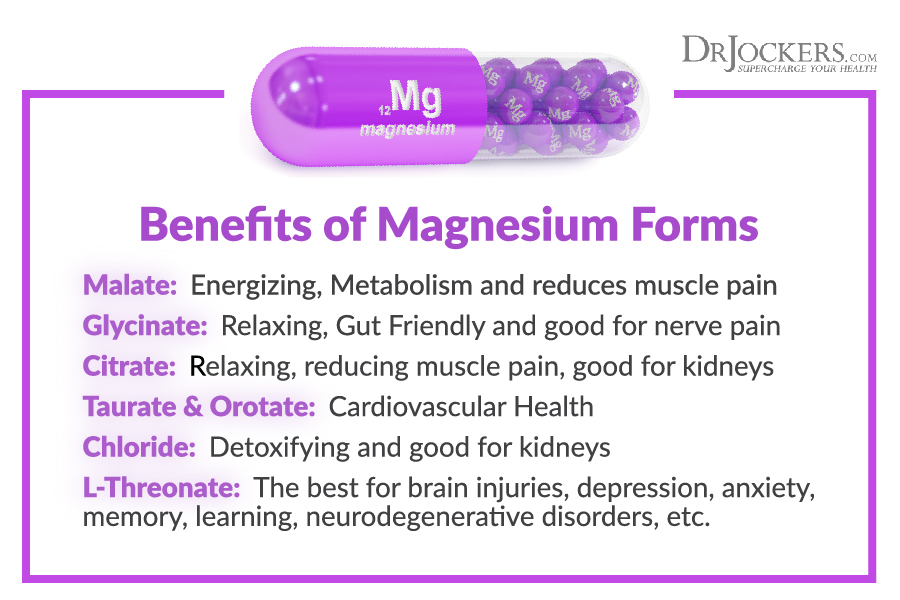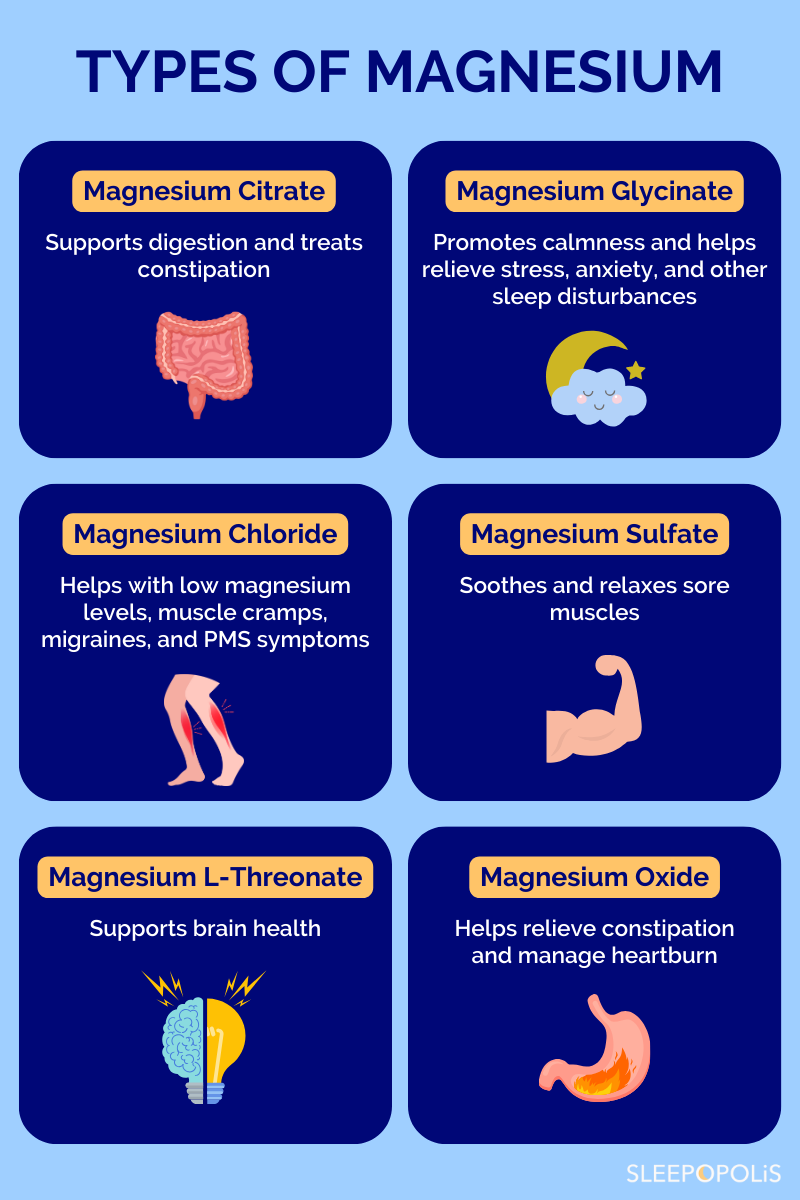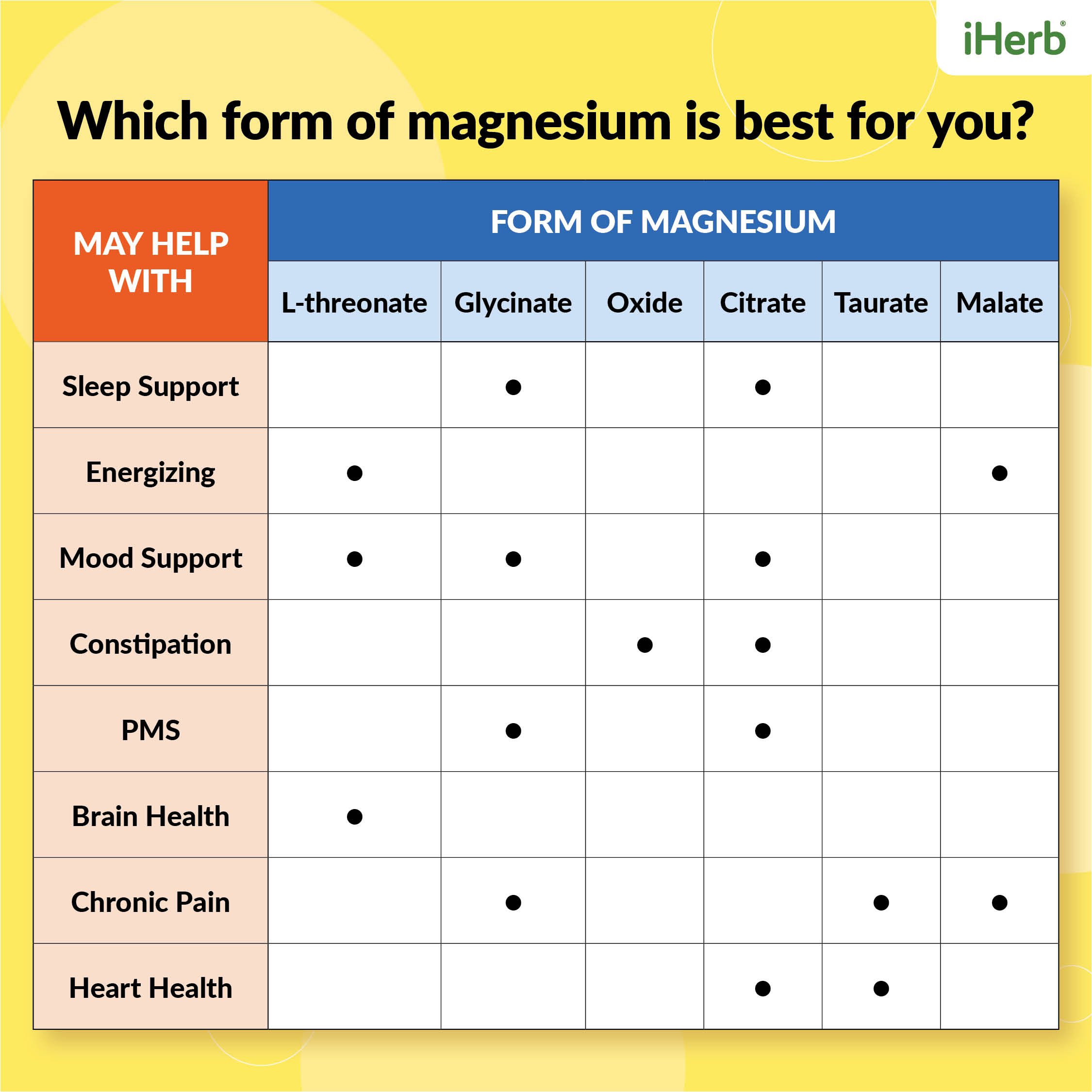Best Form Of Magnesium For Cramps

Imagine waking in the dead of night, a sharp, searing pain shooting through your calf muscle. It's a charley horse, that unwelcome guest that seems to arrive at the most inconvenient moments. You groan, stretch, and try to massage the knot away, desperately seeking relief. For many, this scenario is all too familiar, and the quest for a solution often leads to a single question: could magnesium be the answer?
At the heart of managing muscle cramps lies the vital question of magnesium absorption. This article explores the different forms of magnesium, examining their bioavailability and effectiveness in alleviating those debilitating nocturnal leg cramps and other muscle spasms. By understanding the nuances of each form, individuals can make informed choices to best support their muscle health and overall well-being.
Magnesium: An Essential Mineral
Magnesium is a crucial mineral involved in over 300 enzymatic reactions in the body. It plays a vital role in nerve and muscle function, blood sugar control, and blood pressure regulation.
It also contributes to bone health and energy production, making it an indispensable nutrient for overall health.
Magnesium deficiency can manifest in various ways, including muscle cramps, fatigue, and even heart arrhythmias.
The Connection Between Magnesium and Cramps
Magnesium's role in muscle function is particularly relevant when discussing cramps. It acts as a natural muscle relaxant, counteracting calcium, which causes muscle contraction.
When magnesium levels are low, calcium can overstimulate muscle fibers, leading to spasms and cramps.
This imbalance is especially noticeable during exercise or at night when muscles are at rest.
Exploring Different Forms of Magnesium
Not all magnesium supplements are created equal. The bioavailability, or how well the body absorbs and utilizes the magnesium, varies significantly between different forms.
This difference in absorption is the key to understanding which forms are most effective for cramp relief.
Let's delve into some of the most common forms available.
Magnesium Oxide
Magnesium oxide is a widely available and inexpensive form of magnesium. However, it has relatively poor bioavailability, meaning the body doesn't absorb it efficiently.
According to the National Institutes of Health (NIH), magnesium oxide typically has an absorption rate of only around 4%. This form is often used as a laxative due to its poor absorption, which draws water into the intestines.
Therefore, while readily accessible, magnesium oxide is generally not the best choice for addressing magnesium deficiency or muscle cramps.
Magnesium Citrate
Magnesium citrate is a popular and relatively well-absorbed form of magnesium. The citric acid component helps to improve its bioavailability compared to magnesium oxide.
It's often recommended for people experiencing constipation, as it also has a mild laxative effect.
Many find it effective for alleviating muscle cramps, but its laxative properties can be a drawback for some.
Magnesium Glycinate
Magnesium glycinate is often considered one of the best forms of magnesium for overall absorption and tolerance. It's bound to the amino acid glycine, which enhances its bioavailability and reduces the likelihood of digestive upset.
Glycine itself has calming properties and can even promote better sleep, making magnesium glycinate a good choice for nighttime supplementation to combat nocturnal leg cramps.
The calming effect of glycine, combined with magnesium's muscle-relaxing properties, makes this a powerhouse choice for those struggling with cramps and sleeplessness.
Magnesium Chloride
Magnesium chloride is another well-absorbed form of magnesium. It's often found in topical applications like magnesium oils and bath flakes.
Some people find that applying magnesium chloride directly to the skin allows for efficient absorption and targeted relief from muscle cramps. However, scientific evidence supporting the superior effectiveness of topical absorption is still developing.
It's worth noting that some individuals may experience skin irritation with topical magnesium chloride applications.
Magnesium Sulfate (Epsom Salts)
Magnesium sulfate, commonly known as Epsom salts, is often used in bath soaks to relieve sore muscles. While magnesium can be absorbed through the skin, the extent of absorption is debated.
Many find that soaking in an Epsom salt bath helps to relax muscles and reduce cramping, likely due to the combination of magnesium and the soothing effect of warm water.
While a relaxing soak can be beneficial, relying solely on Epsom salts for magnesium replenishment may not be sufficient for addressing a significant deficiency.
Magnesium L-Threonate
Magnesium L-Threonate is a relatively newer form of magnesium that has shown promise in enhancing cognitive function. Some studies suggest it can cross the blood-brain barrier more effectively than other forms.
While research on its impact on muscle cramps is limited, its potential cognitive benefits make it an interesting option for those seeking a multi-faceted supplement. However, further studies are needed to fully understand its effects on muscle function.
The higher price point compared to other forms might be a factor for some consumers.
Choosing the Right Form for You
Selecting the best form of magnesium for cramps depends on individual needs and tolerances. Consider factors like digestive sensitivity, desired effects (e.g., sleep promotion), and personal preferences.
If you have a sensitive stomach, magnesium glycinate is generally a well-tolerated option. If constipation is also an issue, magnesium citrate might be more suitable.
It is always advisable to consult with a healthcare professional before starting any new supplement regimen, especially if you have underlying health conditions or are taking medications.
Dietary Sources of Magnesium
In addition to supplements, incorporating magnesium-rich foods into your diet can help to maintain adequate levels. Excellent sources include leafy green vegetables, nuts, seeds, and whole grains.
Spinach, almonds, pumpkin seeds, and black beans are all packed with magnesium.
Eating a balanced diet rich in these foods can contribute significantly to overall magnesium intake and help prevent deficiencies.
The Importance of Consultation
Determining the right dosage of magnesium can vary depending on individual needs and the specific form being used. It's important to consult with a healthcare professional to determine the appropriate dosage for your situation.
They can assess your individual needs, consider any underlying health conditions, and provide personalized recommendations.
Self-treating with high doses of magnesium can lead to side effects like diarrhea, so professional guidance is crucial.
Conclusion
The quest for relief from muscle cramps often leads to the mineral magnesium, but navigating the diverse forms available can feel overwhelming. While magnesium oxide may be the cheapest option, its poor absorption makes it an ineffective choice for cramp relief.
Forms like magnesium glycinate and citrate offer better bioavailability and are often preferred for their effectiveness. Ultimately, the best form of magnesium for cramps is the one that your body absorbs well and that fits comfortably into your lifestyle.
Remember, consulting with a healthcare professional and incorporating magnesium-rich foods into your diet are essential steps in addressing magnesium deficiency and finding lasting relief from those unwelcome muscle spasms. By understanding the nuances of each form and making informed choices, you can take control of your muscle health and reclaim those peaceful nights of uninterrupted sleep, free from the grip of cramps.


















